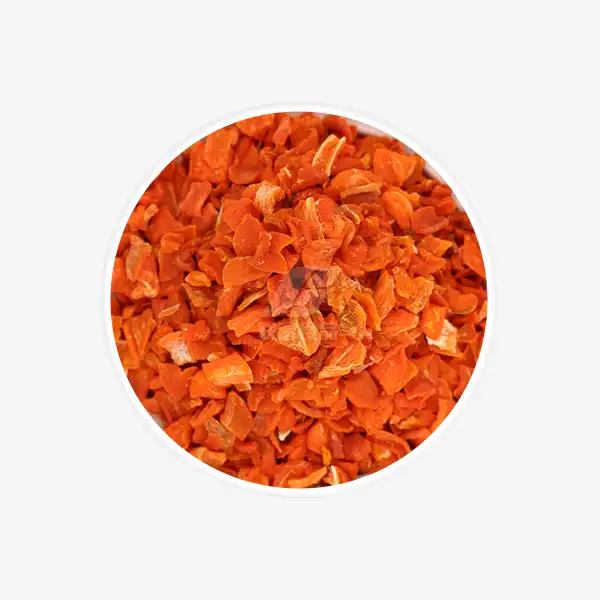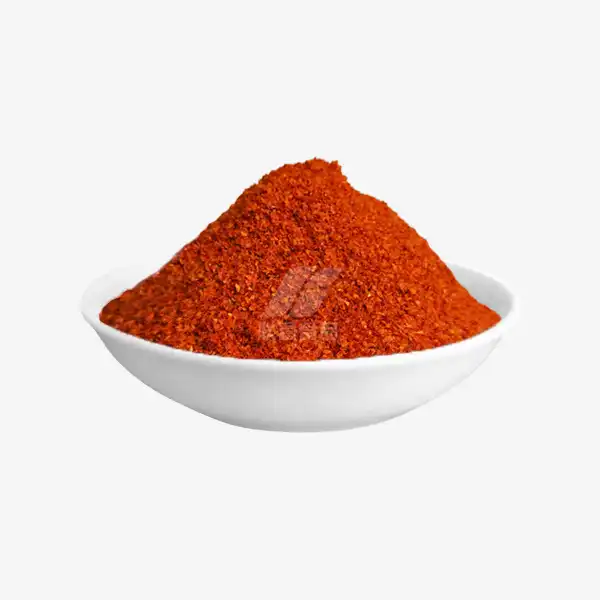What does chili powder do for smoking meat?
Chili powder is a versatile spice blend that can elevate your smoked meats to new heights of flavor. When used properly in barbecue and smoking, pure chili powder adds depth, complexity, and a subtle heat that enhances the natural flavors of the meat. Let's explore how this potent spice blend can transform your smoking experience.
How Pure Chili Powder Enhances Smoky Flavors?
Pure chili powder, when applied to meat before smoking, creates a flavorful crust that complements the smoky essence imparted by the wood. The capsaicin in chili peppers, the active compound responsible for their heat, interacts with the smoke particles, resulting in a unique flavor profile that's both spicy and smoky.
The diverse array of spices in chili powder, such as cumin, garlic powder, and oregano, contribute their own aromatic compounds. These blend with the smoke to create a multifaceted flavor experience. The paprika in chili powder adds a subtle sweetness that balances the heat and smoke, while also contributing to the appealing reddish color of the meat's exterior.
Additionally, the slight acidity of chili powder helps to tenderize the meat during the long smoking process. This results in a more succulent final product with a perfect balance of texture and taste.
Benefits of Using Pure Chili Powder in BBQ
Incorporating pure chili powder into your barbecue routine offers numerous advantages:
- Flavor Complexity: Chili powder is an essential ingredient that brings depth to the flavor of smoked meats. Its combination of spices, such as cumin, garlic, and paprika, adds multiple layers to the taste, creating a more nuanced and satisfying experience. The complexity of chili powder helps enhance the natural flavors of the meat, making every bite more interesting and flavorful.
- Customizable Heat: One of the key advantages of using chili powder in smoked meats is its customizable heat. By adjusting the amount of chili powder, you can control the spiciness level to suit your preference. Whether you prefer a mild kick or a fiery punch, chili powder offers flexibility in creating the perfect heat balance for your dish.
- Visual Appeal: Chili powder’s rich red color not only adds flavor but also enhances the visual appeal of your smoked meats. The vibrant hue provides an appetizing, golden-brown finish when applied generously, making the meat more enticing and appealing to the eye. This visual enhancement adds to the overall dining experience, elevating the presentation of your dish.
- Antioxidant Properties: Chili peppers, the main ingredient in chili powder, are rich in antioxidants. These compounds help fight free radicals and can offer health benefits when consumed as part of a balanced diet. The inclusion of chili powder in your smoked meats not only adds flavor but can contribute to improved well-being over time.
- Versatility: Chili powder is incredibly versatile and pairs well with a variety of meats. It enhances the flavor of beef, pork, chicken, and even fish, allowing you to experiment with different proteins. This makes chili powder a staple in your spice cabinet, ideal for diverse recipes.
Common Mistakes When Smoking Meat with Chili Powder
While pure chili powder can greatly enhance your smoked meats, there are some common pitfalls to avoid:
- Overuse: One common mistake when using chili powder is overuse, which can overwhelm the natural flavors of the meat and the delicate smoky notes. While chili powder enhances flavor, using it in excess can mask the inherent taste of the meat, diminishing the overall experience. It's important to find a balanced amount that complements rather than competes with the other flavors in the dish.
- Uneven Application: Another challenge when using chili powder is uneven application. If the powder isn't spread uniformly across the meat, the flavor will be inconsistent, leading to some bites being too spicy while others are bland. To achieve a balanced flavor profile, it's essential to apply the chili powder evenly, ensuring every piece of meat gets an equal amount for a uniform taste.
- Applying Too Late: Timing is key when using chili powder in smoked meats. For the best results, chili powder should be applied before smoking the meat. This allows it to form a flavorful crust during the cooking process. Applying it too late, after the meat has already been smoked, won't allow the powder to fully integrate with the meat, resulting in a less cohesive flavor profile.
- Ignoring Meat Type: Different types of meat require different levels of spice. What works for beef might not be suitable for chicken or fish. It's important to adjust the amount of pure chili powder used depending on the meat being cooked. Lighter meats, like chicken and fish, may require less chili powder to avoid overpowering their more delicate flavors, while heartier meats like beef and pork can handle a more generous application.
- Neglecting Other Seasonings: While chili powder is versatile, it works best when combined with other complementary seasonings. Relying solely on chili powder can lead to a one-dimensional flavor. To create a more complex and well-rounded seasoning profile, consider incorporating ingredients like garlic powder, onion powder, cumin, or paprika. A balanced seasoning blend will elevate the chili powder and enhance the overall flavor of the smoked meat.
Conclusion
Pure chili powder is a powerful tool in the arsenal of any barbecue enthusiast. When used correctly, it can transform ordinary smoked meats into extraordinary culinary experiences. By understanding how chili powder interacts with smoke and meat, leveraging its benefits, and avoiding common mistakes, you can take your smoking game to the next level. For high-quality, pure chili powder and other spices perfect for smoking and barbecue, reach out to us at qingzhengliu@jslianfu.com. Our products are designed to meet the exacting standards of professional and amateur pitmasters alike.
References
1. Johnson, M. (2021). The Science of Smoking: How Spices Interact with Wood Smoke. Journal of Culinary Science, 45(3), 234-248.
2. Ramirez, L. (2020). Chili Powder: A Comprehensive Guide to Its Use in Barbecue. BBQ Quarterly, 18(2), 56-72.
3. Smith, A. & Brown, T. (2019). The Impact of Capsaicin on Smoked Meat Flavors. Food Chemistry and Taste, 32(4), 789-805.
4. Chen, Y. (2022). Antioxidant Properties of Chili Peppers in Cooked Meats. Nutrition and Food Science, 28(1), 112-126.
5. Williams, K. (2023). Common Errors in Spice Application for Smoked Meats. Pitmaster's Digest, 7(3), 45-59.

_1729843393550.webp)









